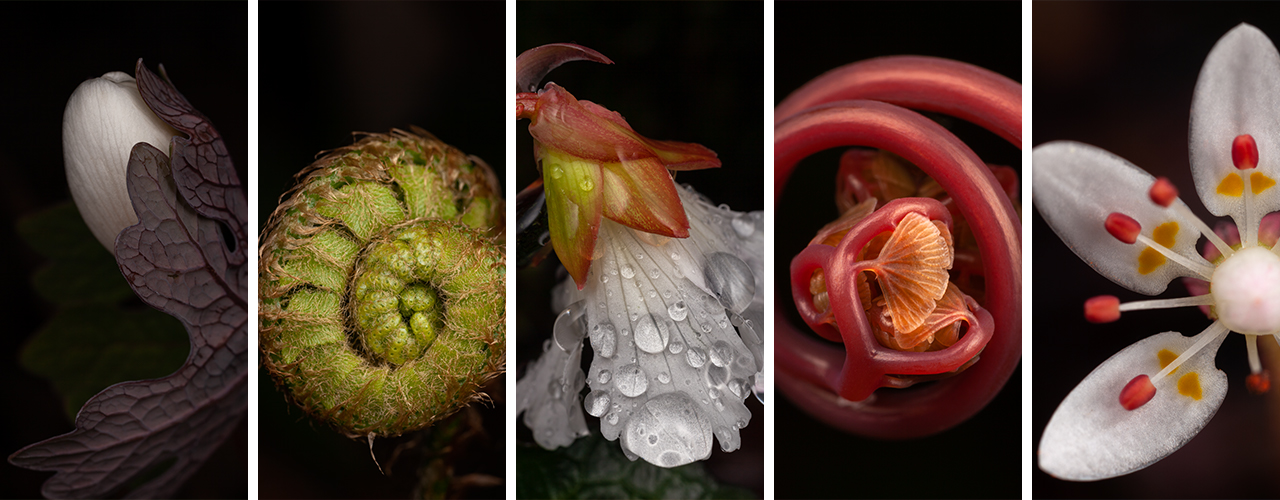
Jocassee Gorges - Spring 2023
The Southern Appalachian Mountains are defined by their biodiversity. To know this place–to understand the physical landscape–is to know the plants. This is what I’ve come to believe.
Chasing the early spring bloom as a photographer is a thin line: too early and the forest is dormant, brown, without great interest; too late, the canopy closes in above, sunlight’s blocked, and the tiny treasures of the forest floor are gone. I’ve always kept this part of my shooting schedule to myself. Perhaps from a belief that others wouldn’t share my passion for wildflower photography; perhaps because I never see my peers chasing similar subjects. This year, however, I opened my shooting schedule wide and was very pleased to have a client jump on the chance to run the Jocassee Gorges area of South Carolina with me!
Spring is a battle between winter and summer, each tugging in opposite directions. Winter was king for my visit this year. Mornings and evenings dipped into the twenties; afternoons were lucky to reach the fifties. Sleeping on the ground for weeks when the nighttime temperatures are at or below freezing is an extra stressor to early spring trips. I prepare the best I can, but being cold is just one of those things that has to be powered through. It’s never going to be comfortable. I commend the optimistic attitude of my client during our time together, handling the chilly evenings and mornings with apparent ease.
While I didn’t stay exclusively within the Jocassee Gorges region throughout, I based the adventure out of Devil’s Fork State Park on Lake Jocassee. Five rivers–the Whitewater, Thompson, Horsepasture, Toxaway, and Eastatoe–cut deep gorges here and drain the high mountains. The Southern Blue Ridge Escarpment, known as the Blue Wall by the Cherokee Indians, is chacterized by steep topography, high annual rainfall, and warmer-than-average temperatures. Put it all together and you have the ingredients for rare habitats and high biodiversity.
I’ll refrain from being overly wordy with this adventure as I’m deep into the planning phase for my next adventure as I type this. You’re welcome to ask questions about the area or the experience in the comments! Below you can find a nice sampler of the beautiful plants and wildflowers we managed to photograph.
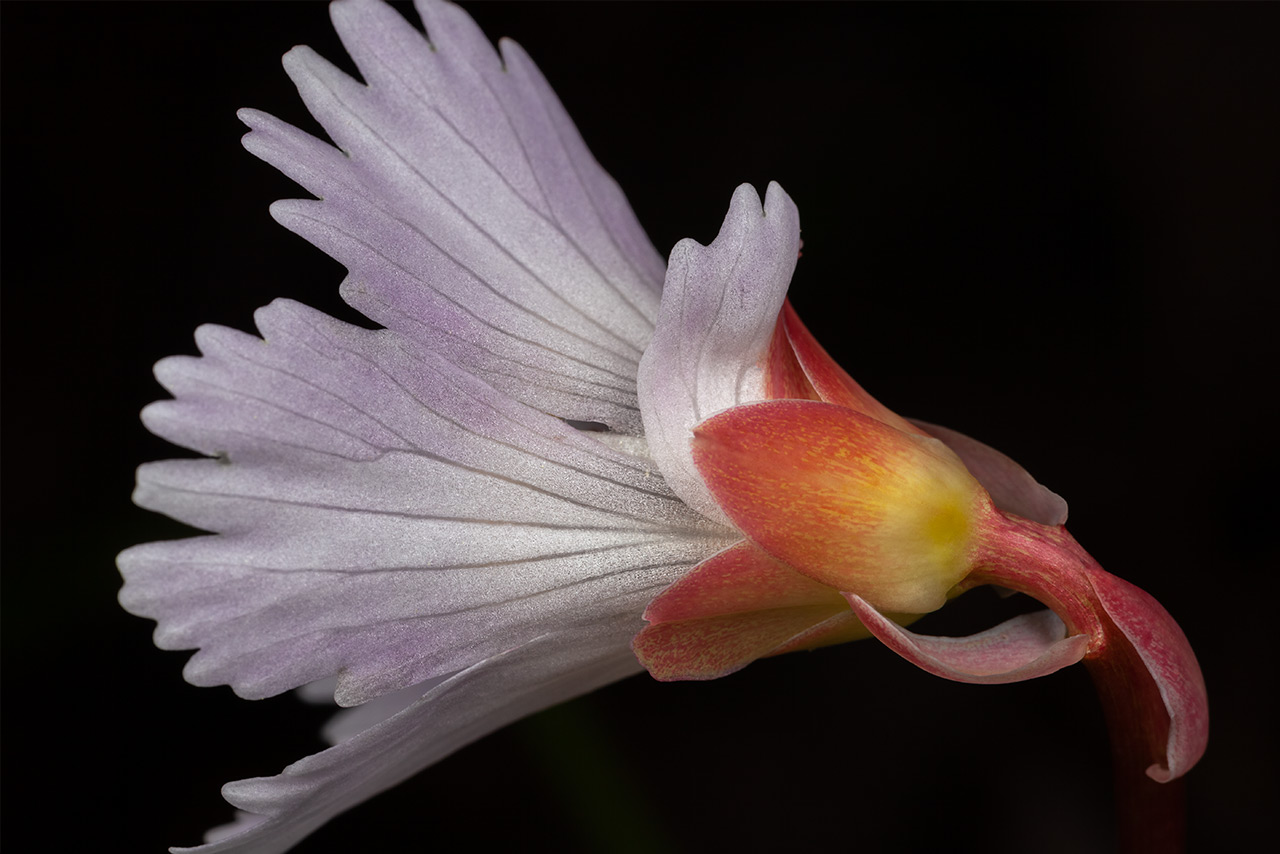

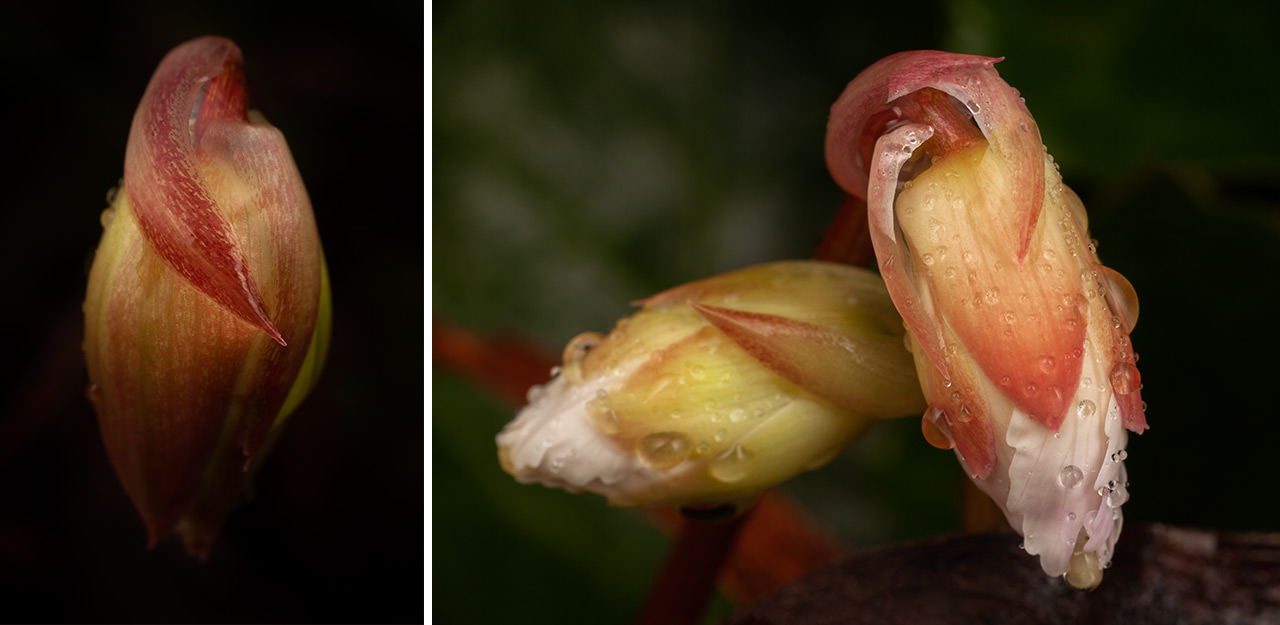
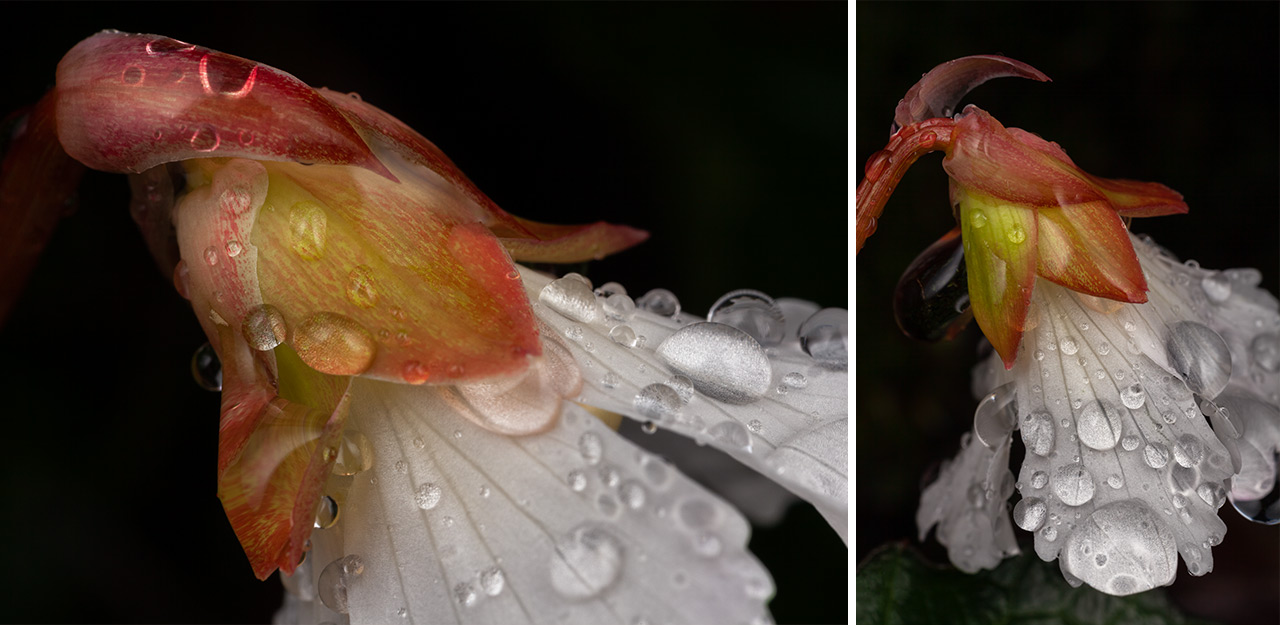
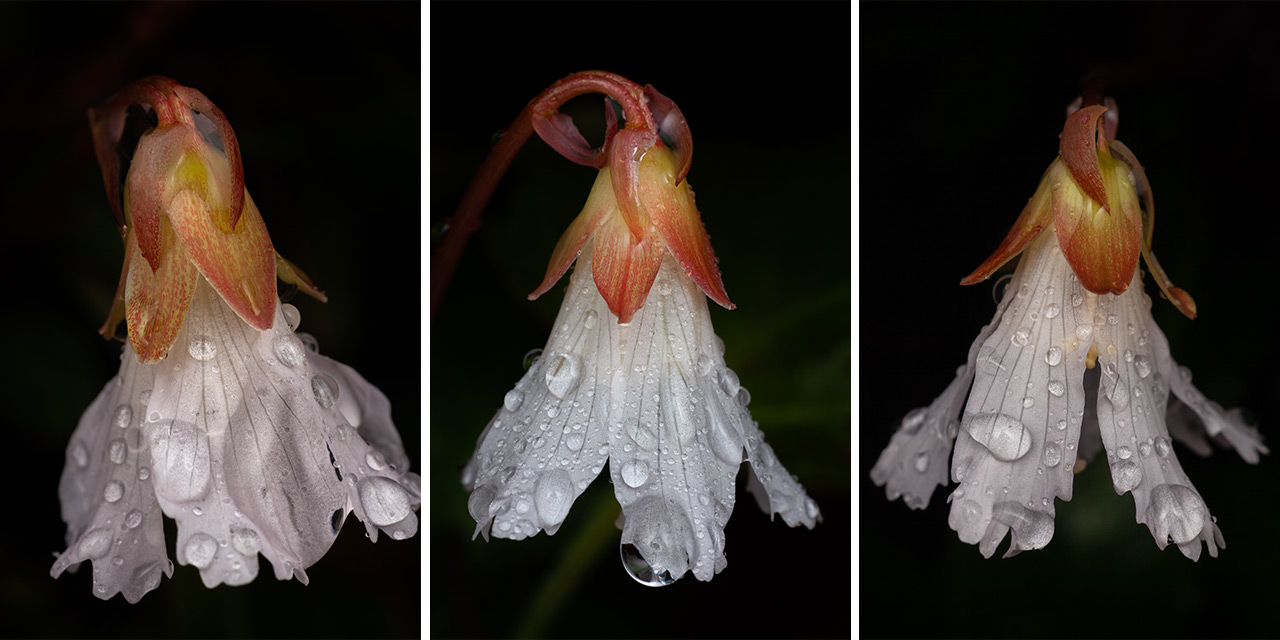
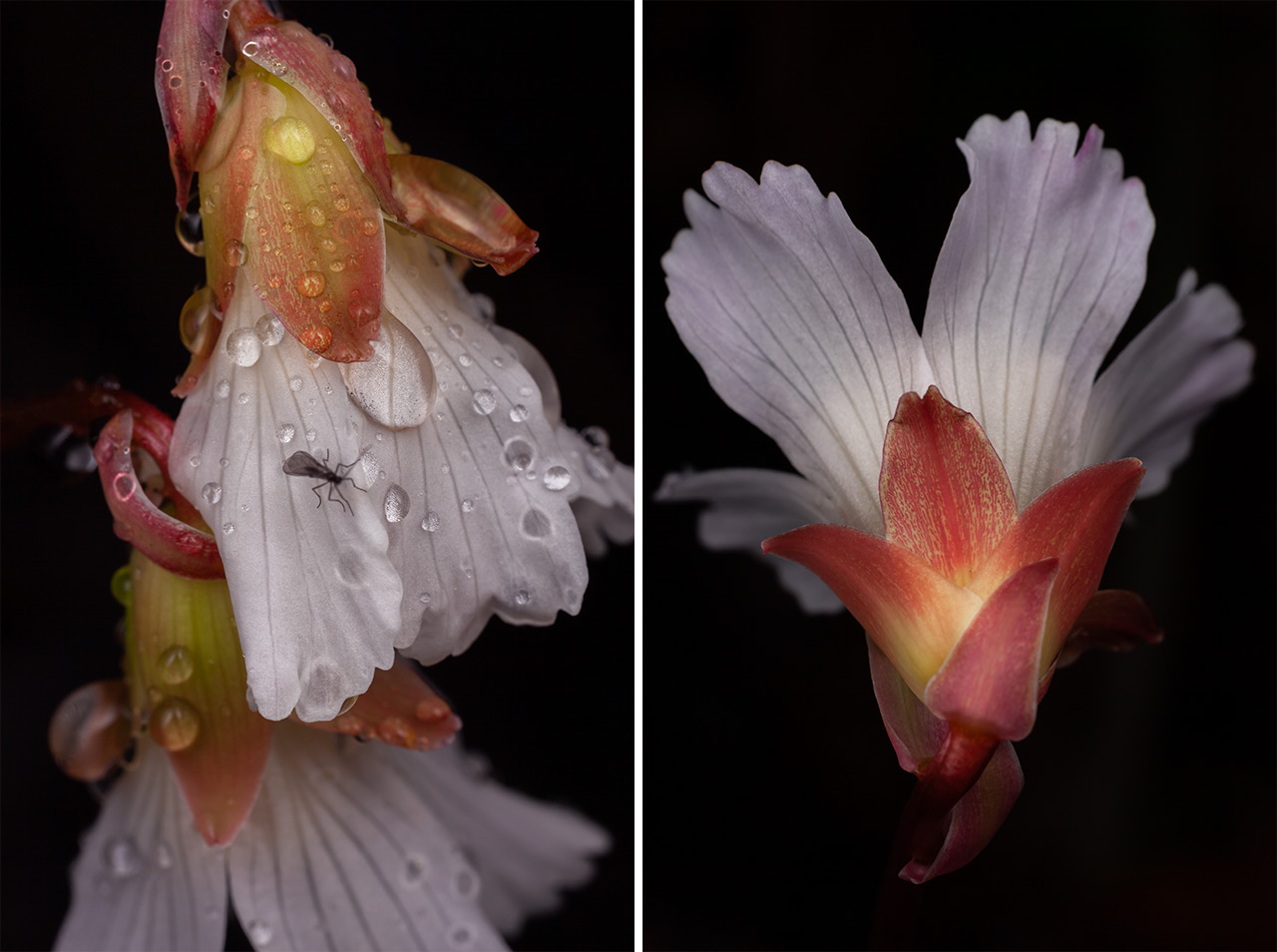
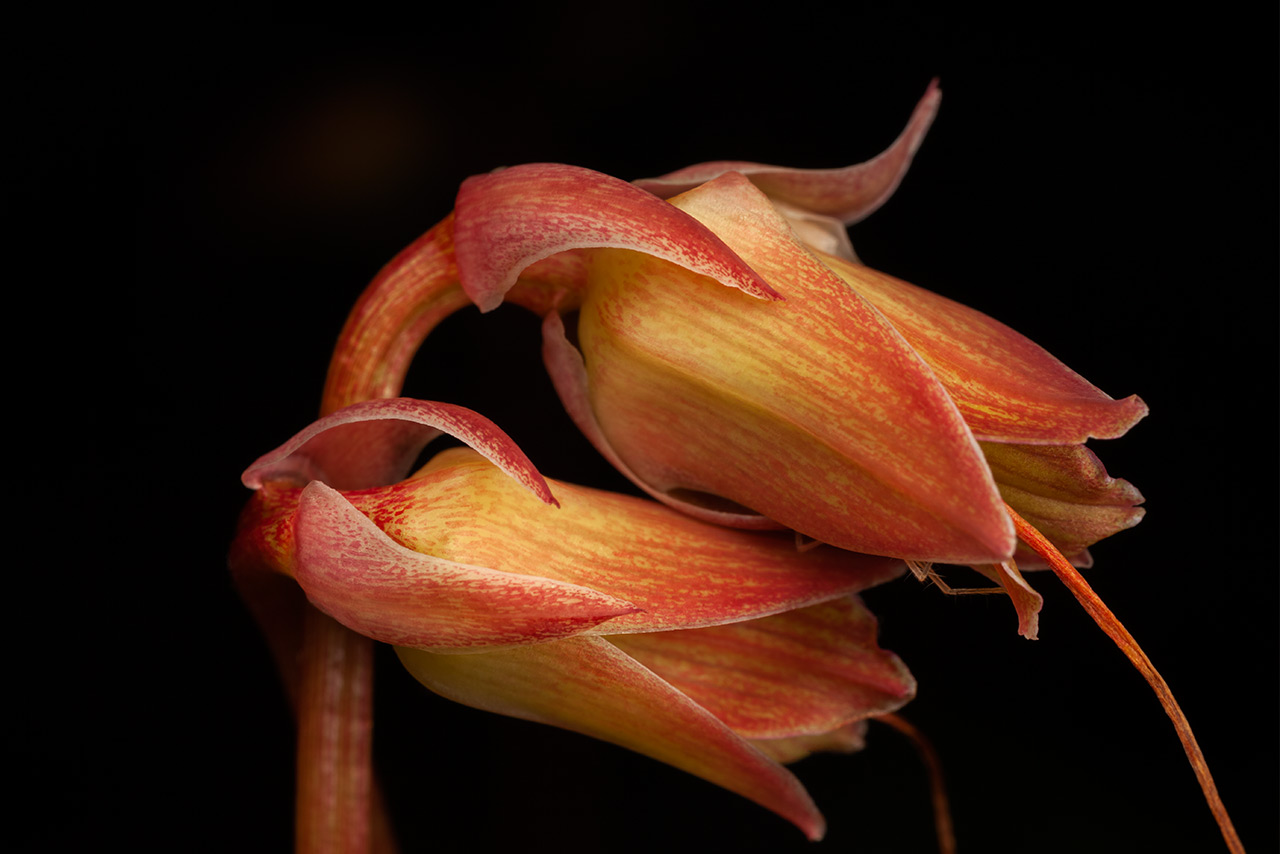
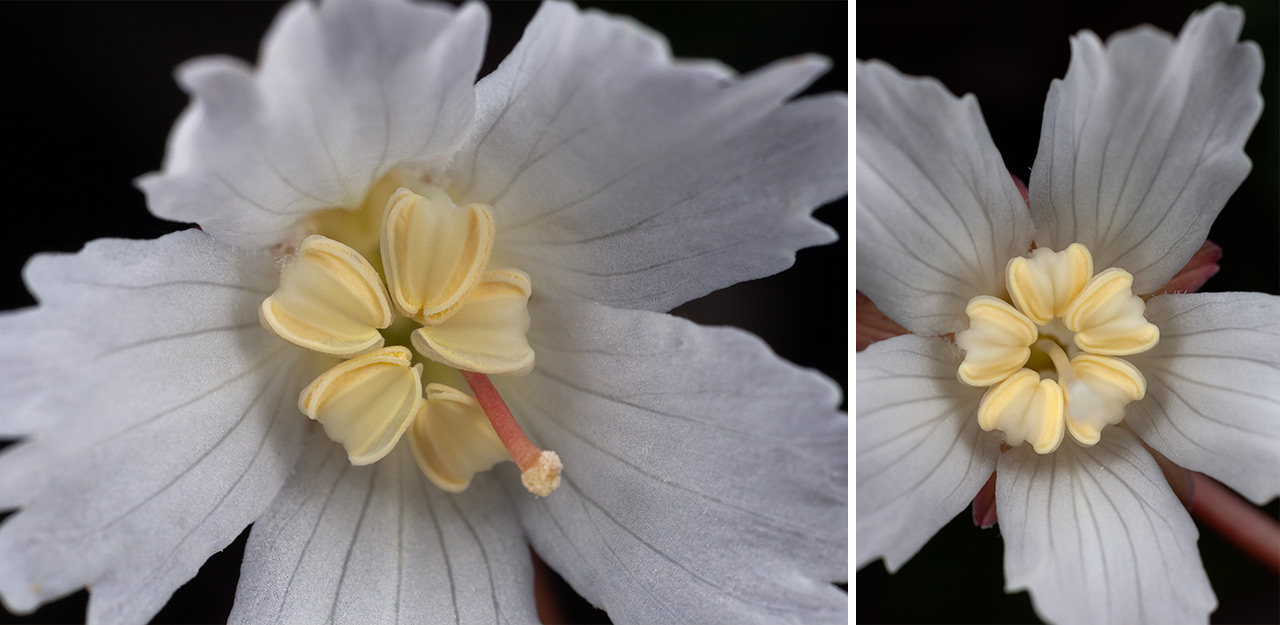

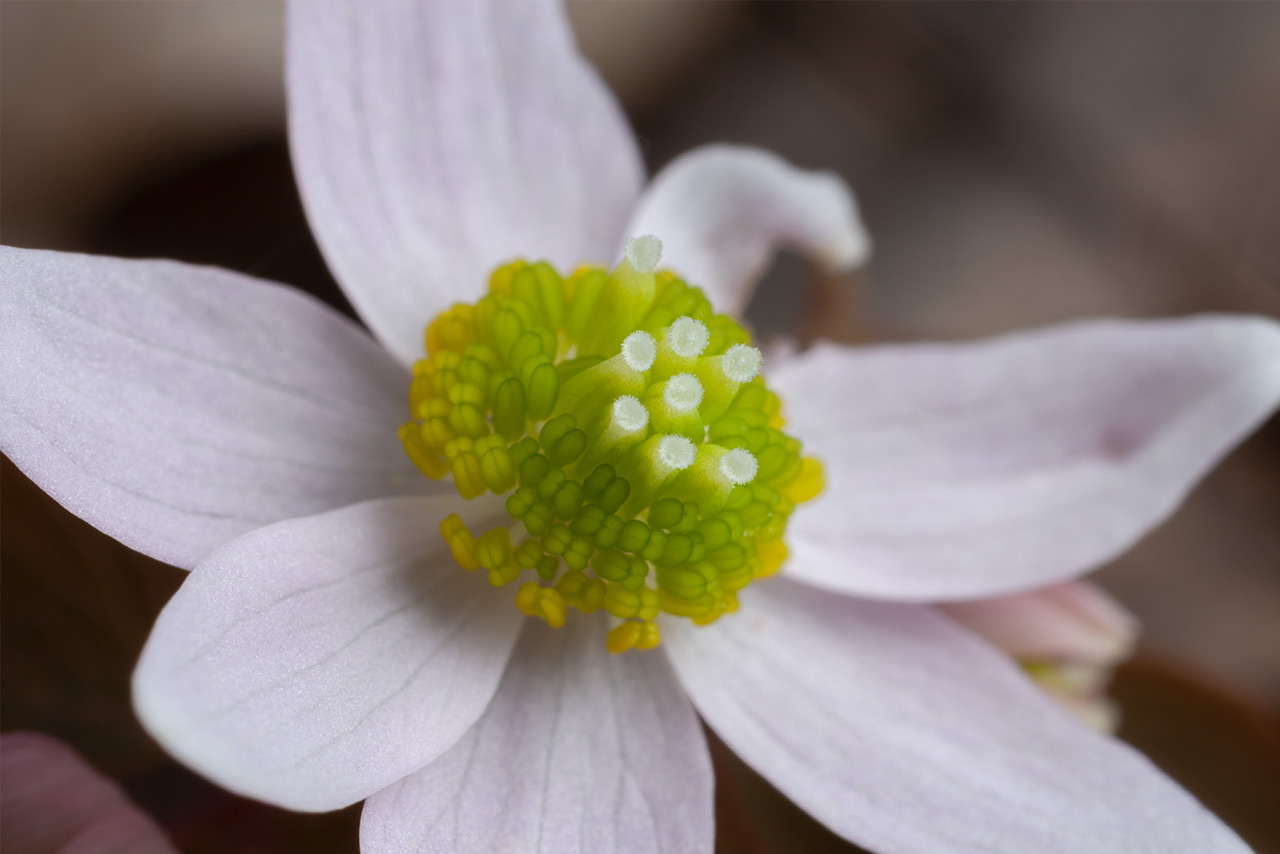


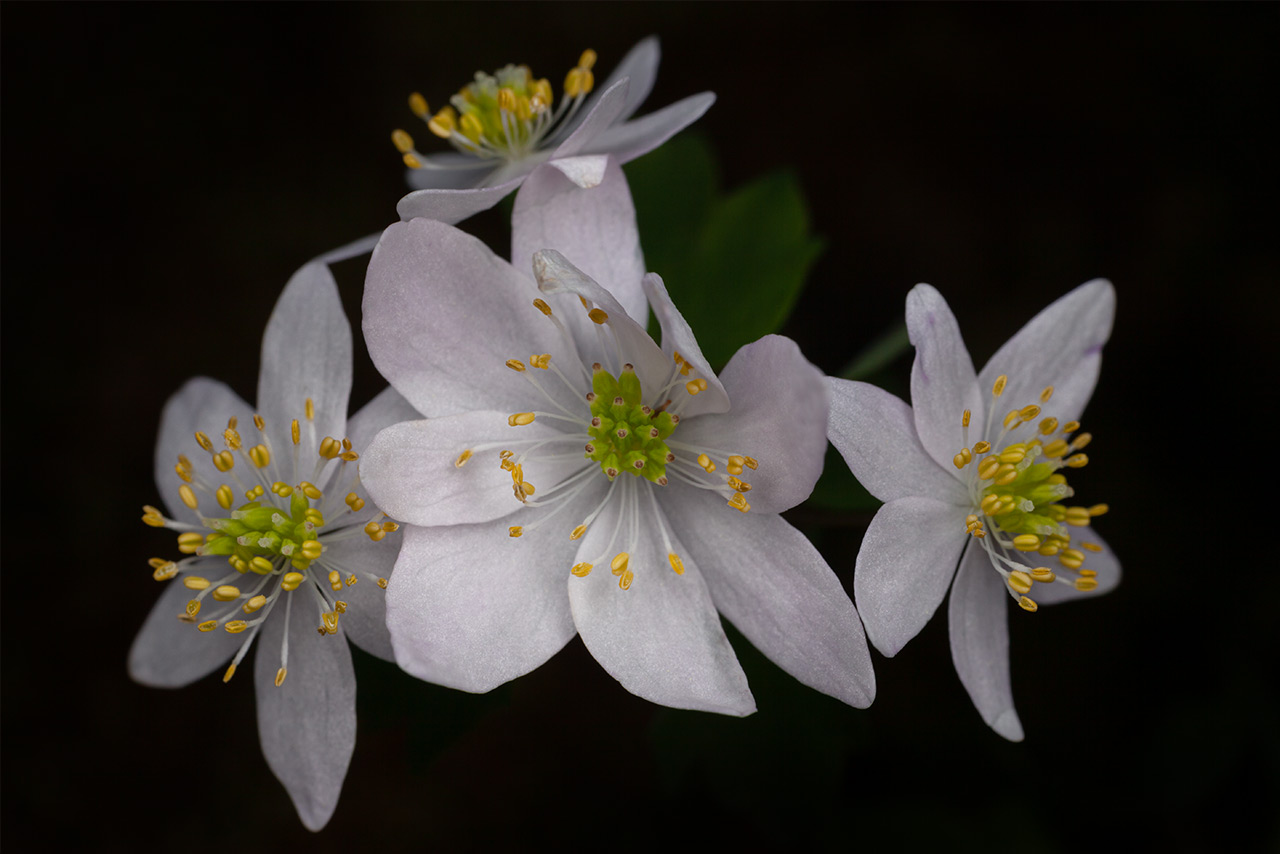

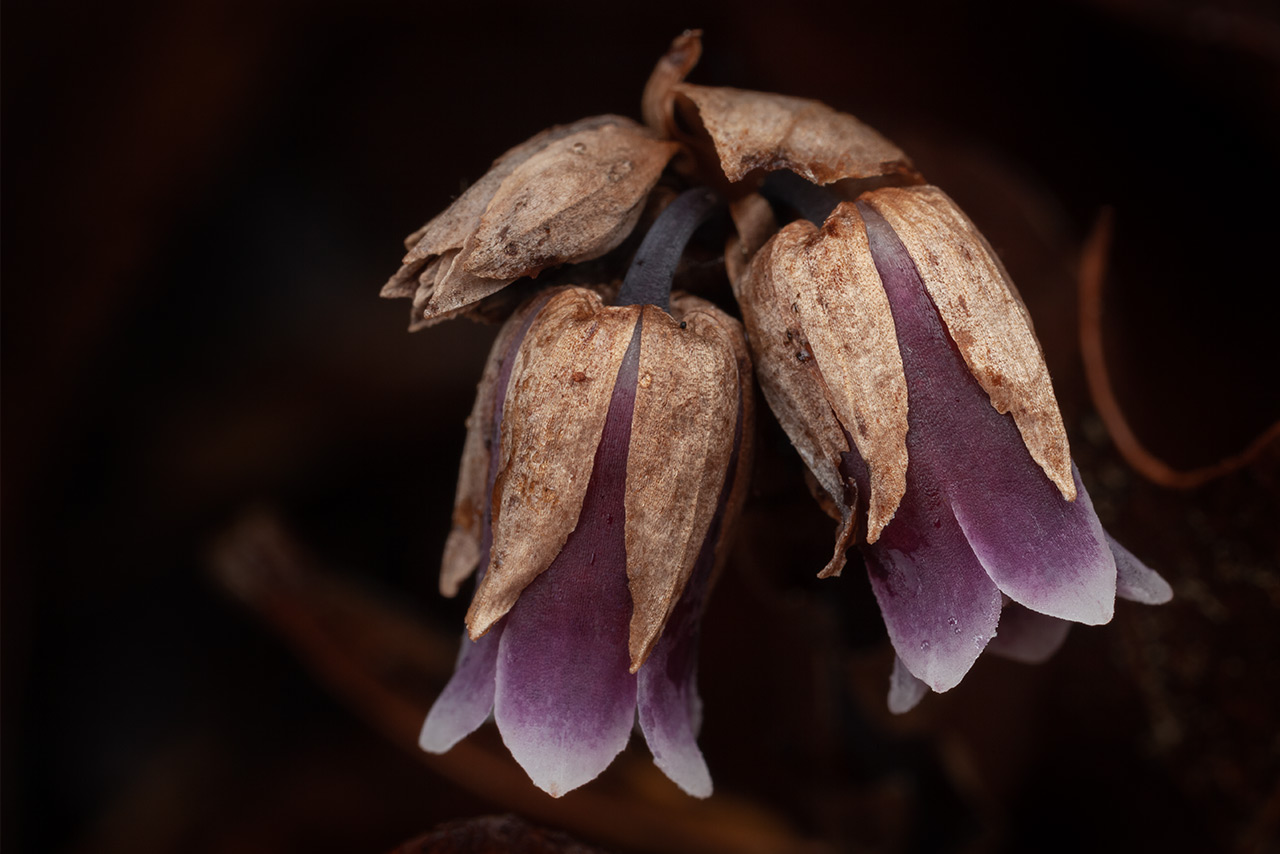


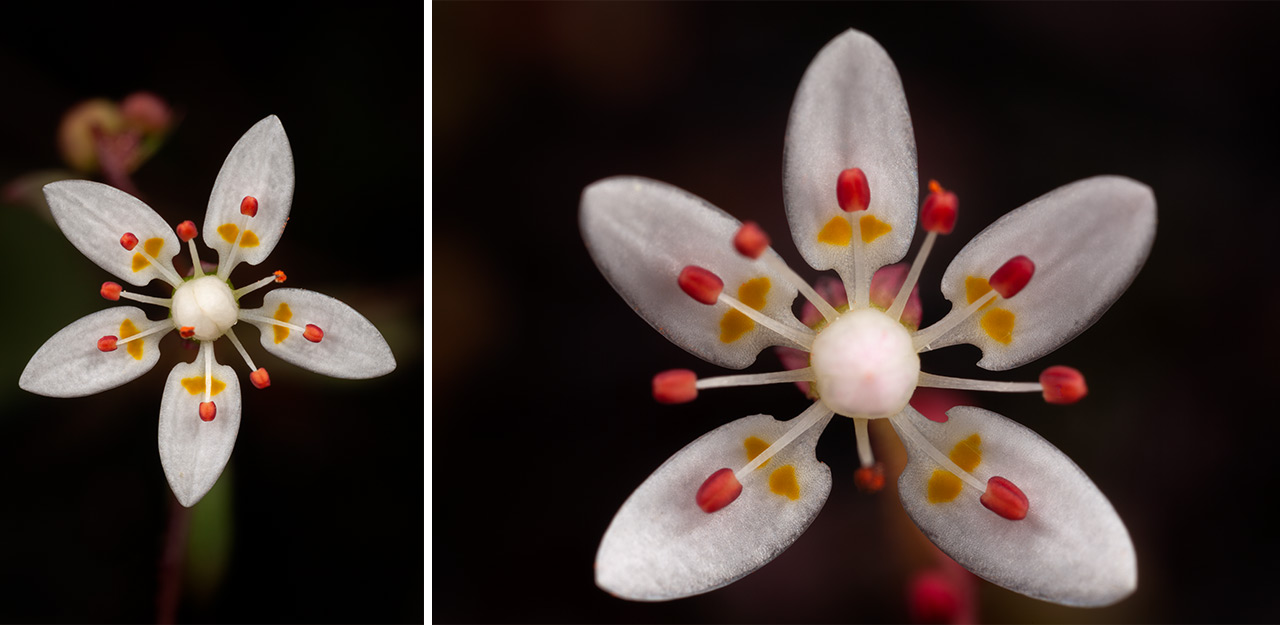
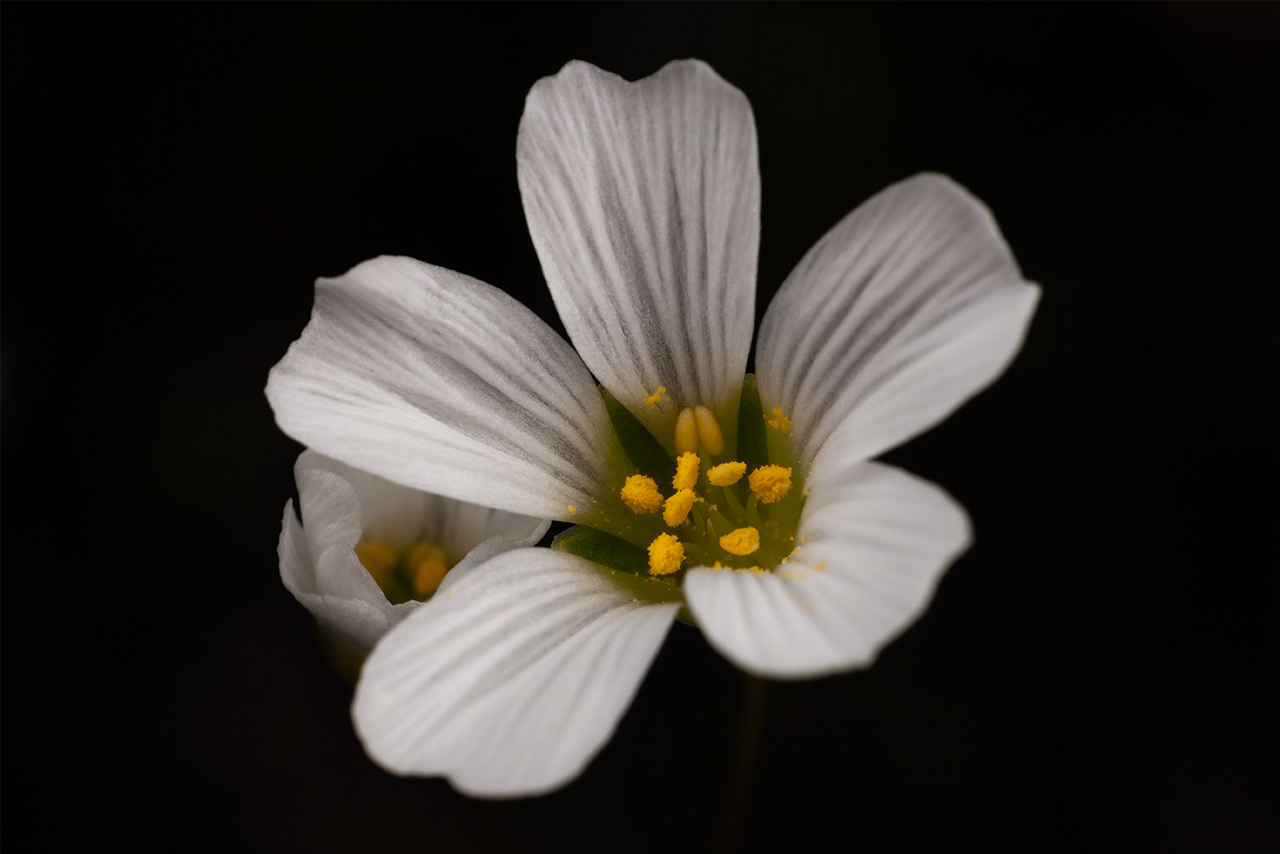

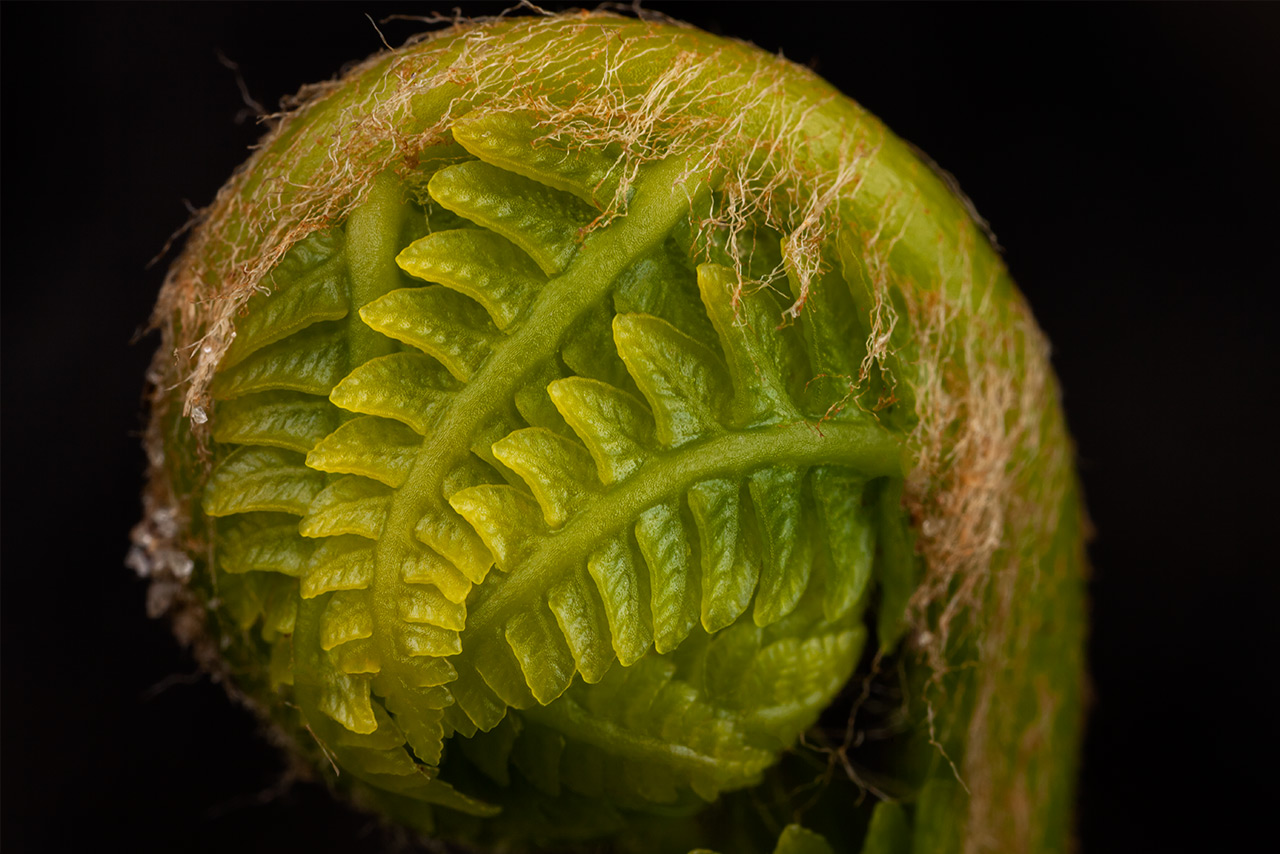
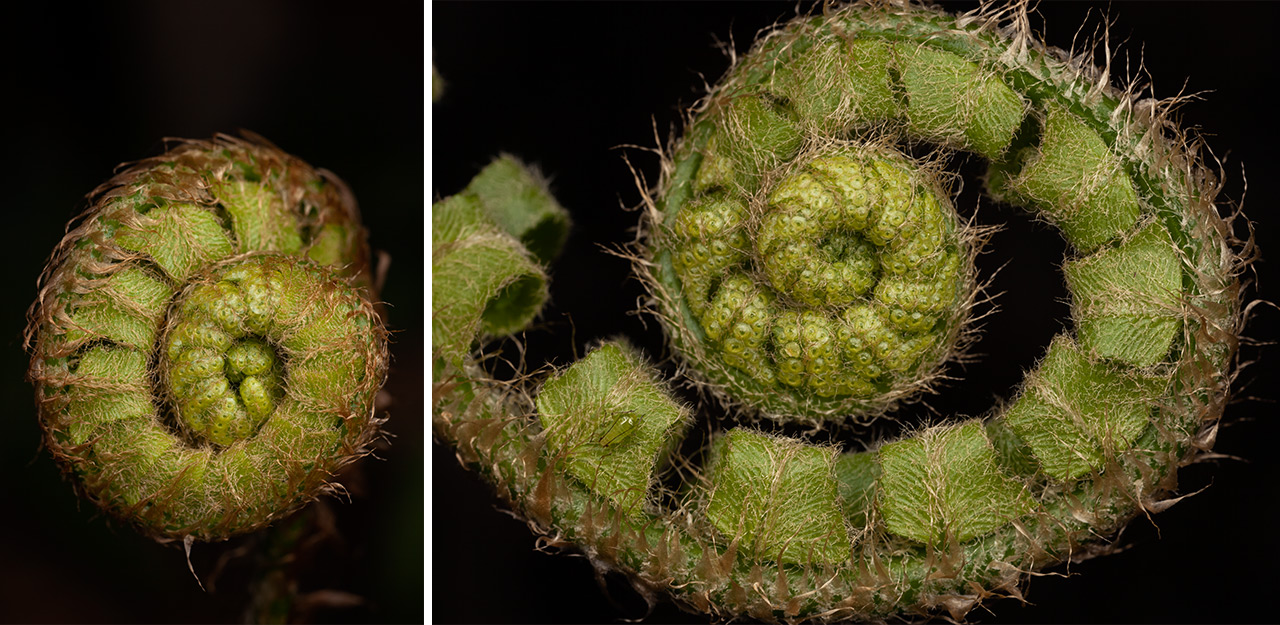
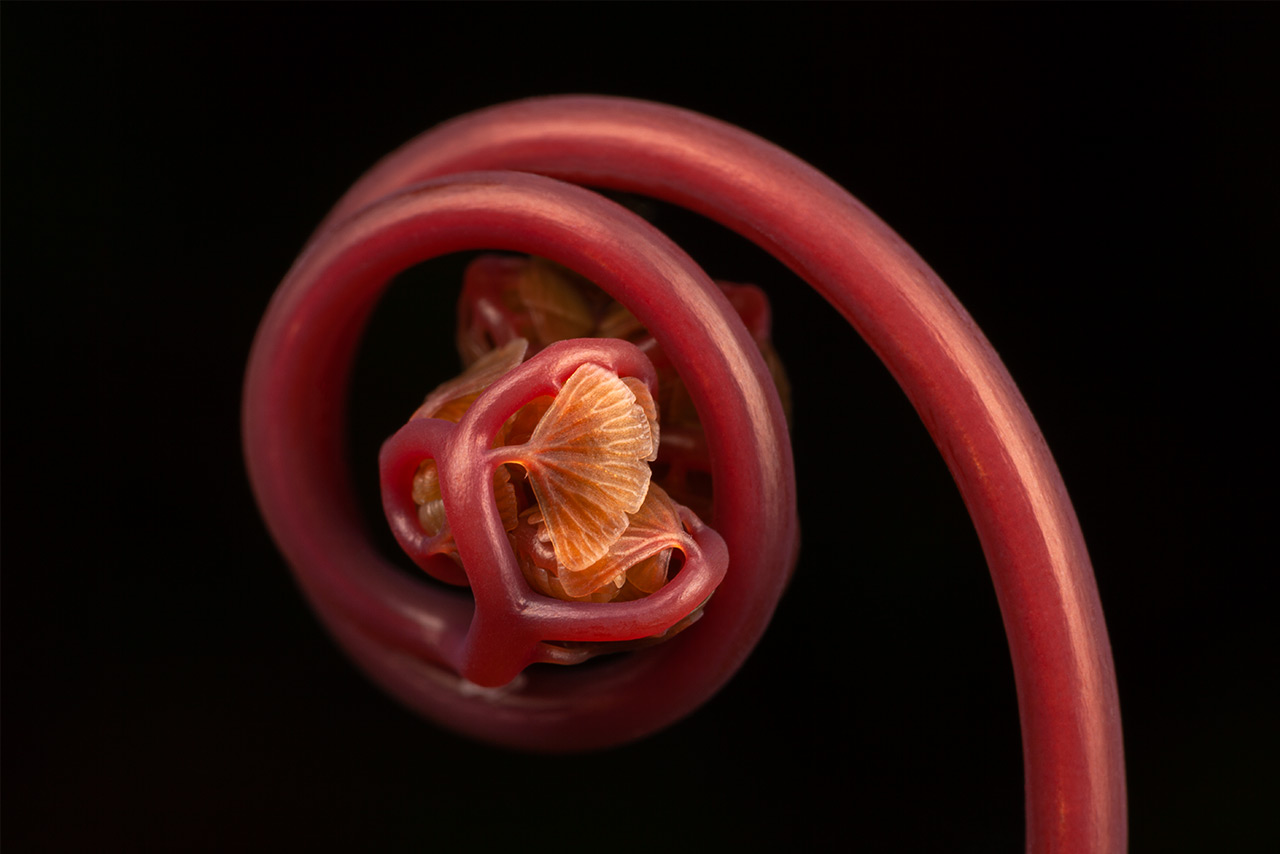


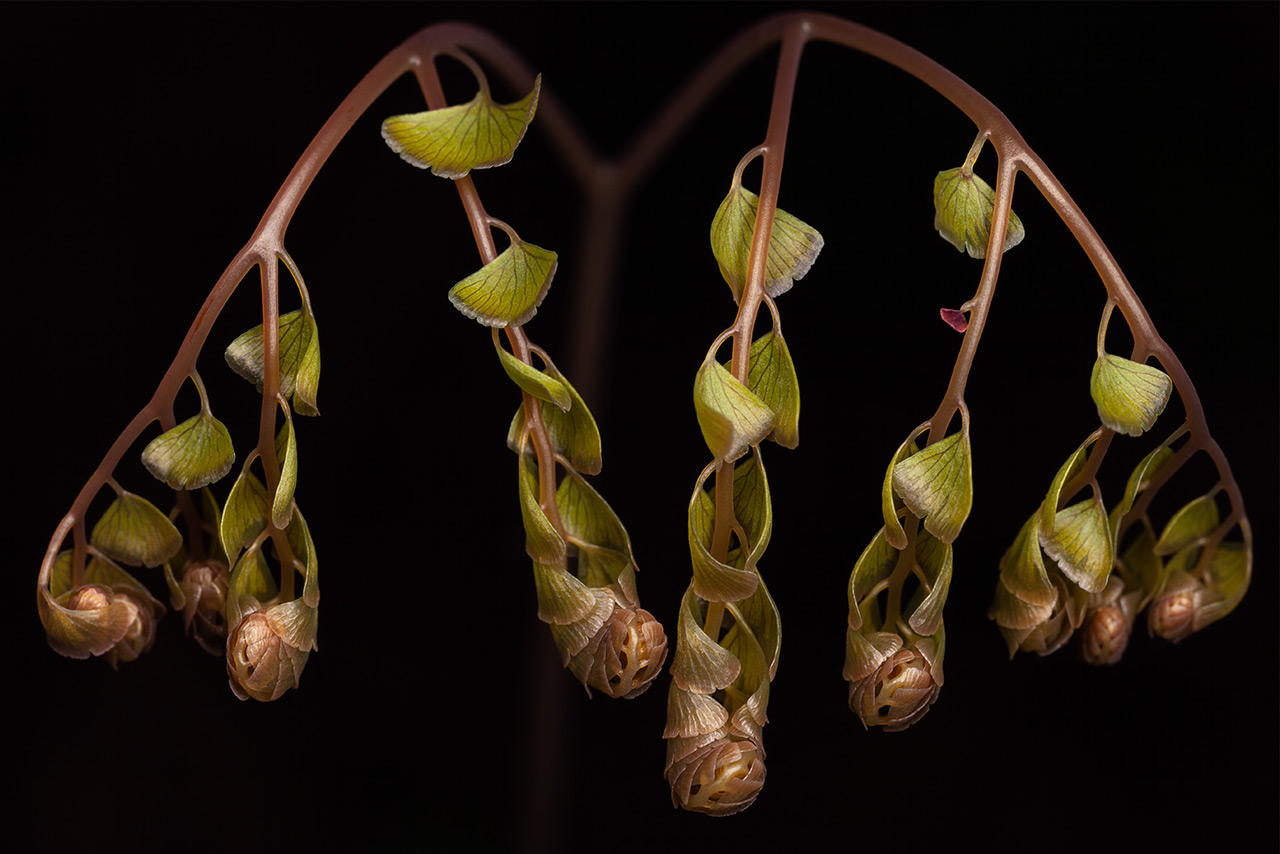
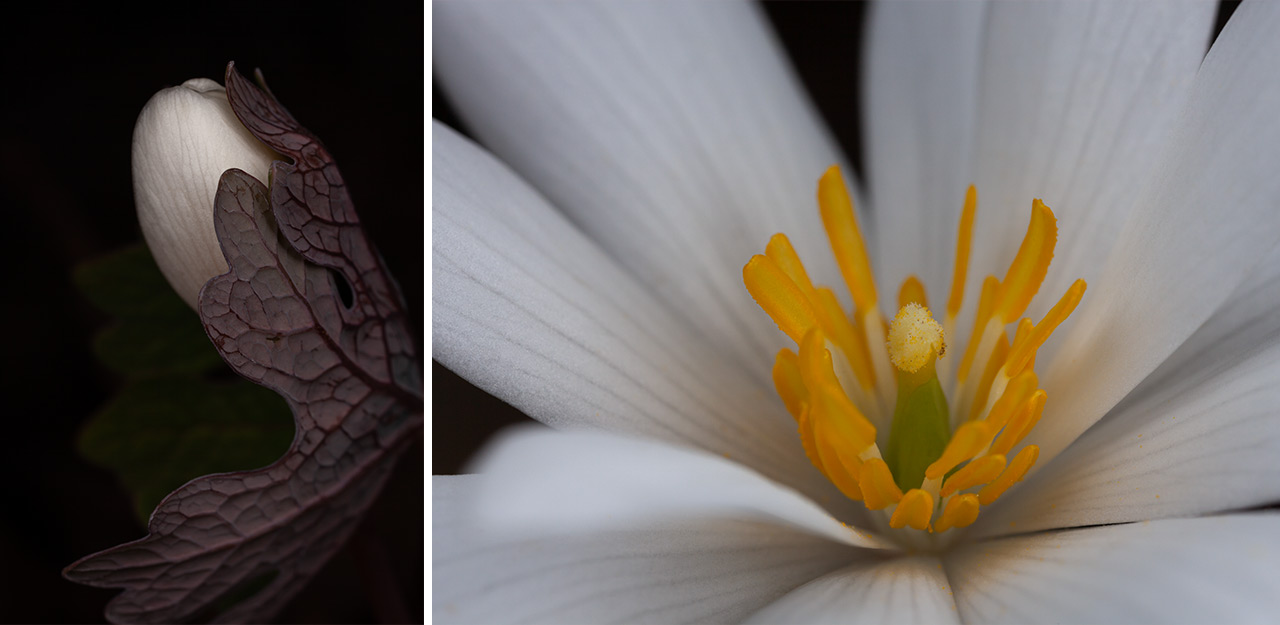

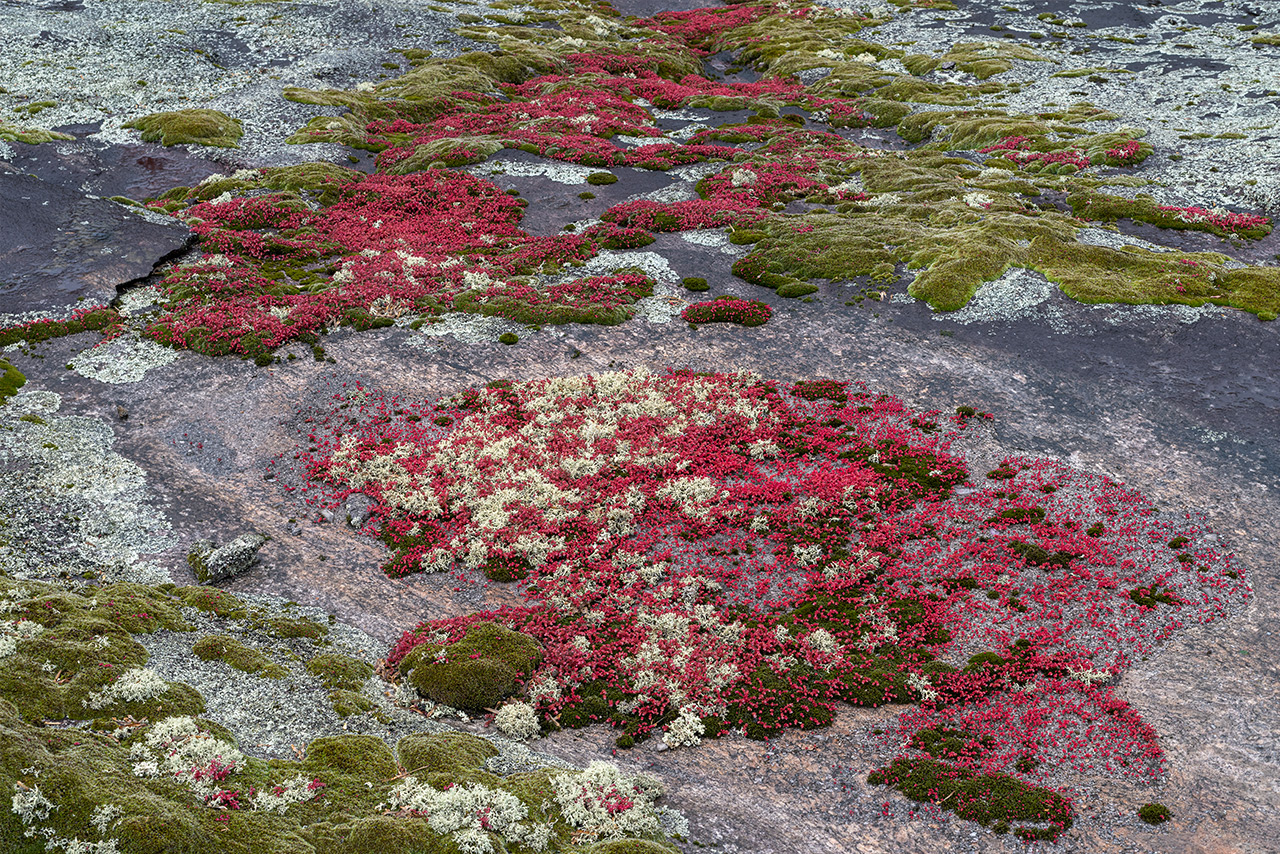

If you’ve got a camera and you’re comfortable using it, perhaps a photography adventure is for you. I take clients, one-to-one, into the smaller more intimate landscapes of the Southern Appalachian Mountains for adventures behind the lens. We bypass the event-like atmosphere of large group workshops, opting instead for more authentic outdoor experiences focused on connecting with the physical landscape. My next photography adventure will be around the waterfalls and wildflowers of the Chattooga River corridor in NC/SC/GA. Check it out!


0 Comments